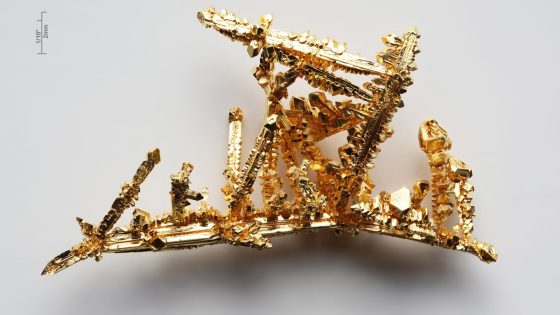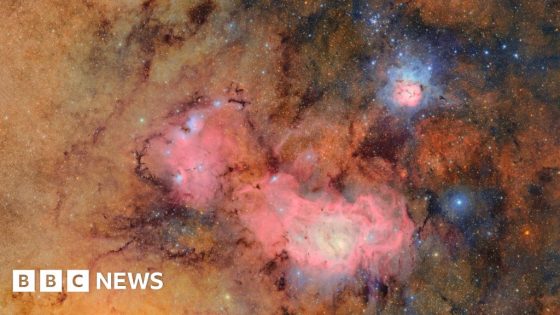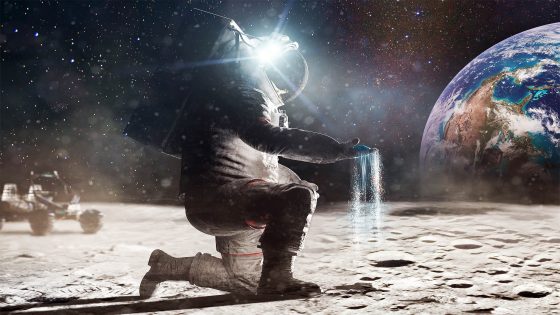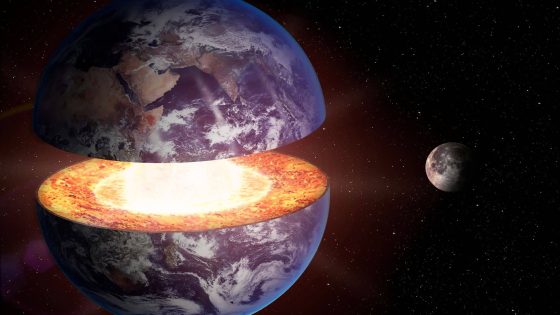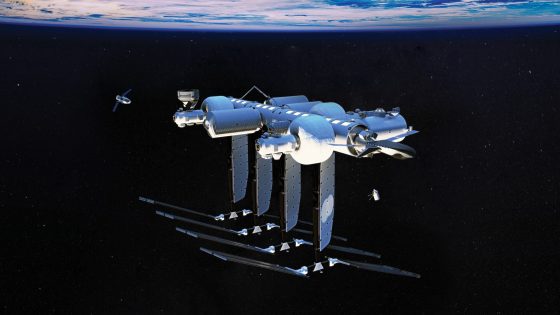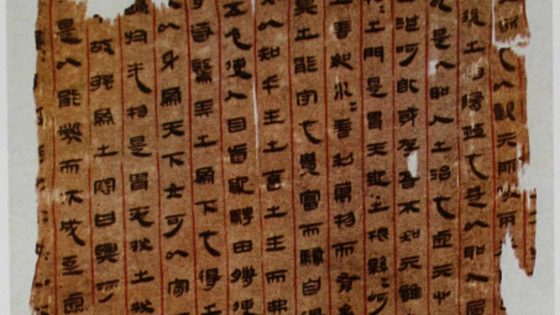Alchemists, rejoice! Creating gold in a lab is now scientifically feasible, thanks to nuclear reactions and advanced technology. On July 11, 2025, scientists unveiled intriguing methods to synthesize gold, echoing ancient dreams of transmutation.
- Gold creation requires nuclear reactions.
- Most gold originated from supernova explosions.
- Modern methods are highly inefficient.
- Gold's atomic structure is stable and inert.
- Particle accelerators can produce fleeting gold.
- Seaborg's experiment was extremely costly.
Most gold on Earth originated from cosmic events, like supernovae, which fused lighter elements into heavy metals. While modern techniques can replicate this process, the energy required is immense and impractical for gold production.
This raises an interesting question: why pursue gold synthesis if it’s so costly? The pursuit of creating gold highlights the limits of our current technology and the challenges of manipulating atomic structures.
- Gold is chemically inert, making transmutation difficult.
- High-energy collisions can produce fleeting amounts of gold.
- Historical experiments show the astronomical costs involved.
As we advance in nuclear physics, who knows what other elements we might learn to manipulate? The future of alchemy may hold more surprises than we can imagine.



